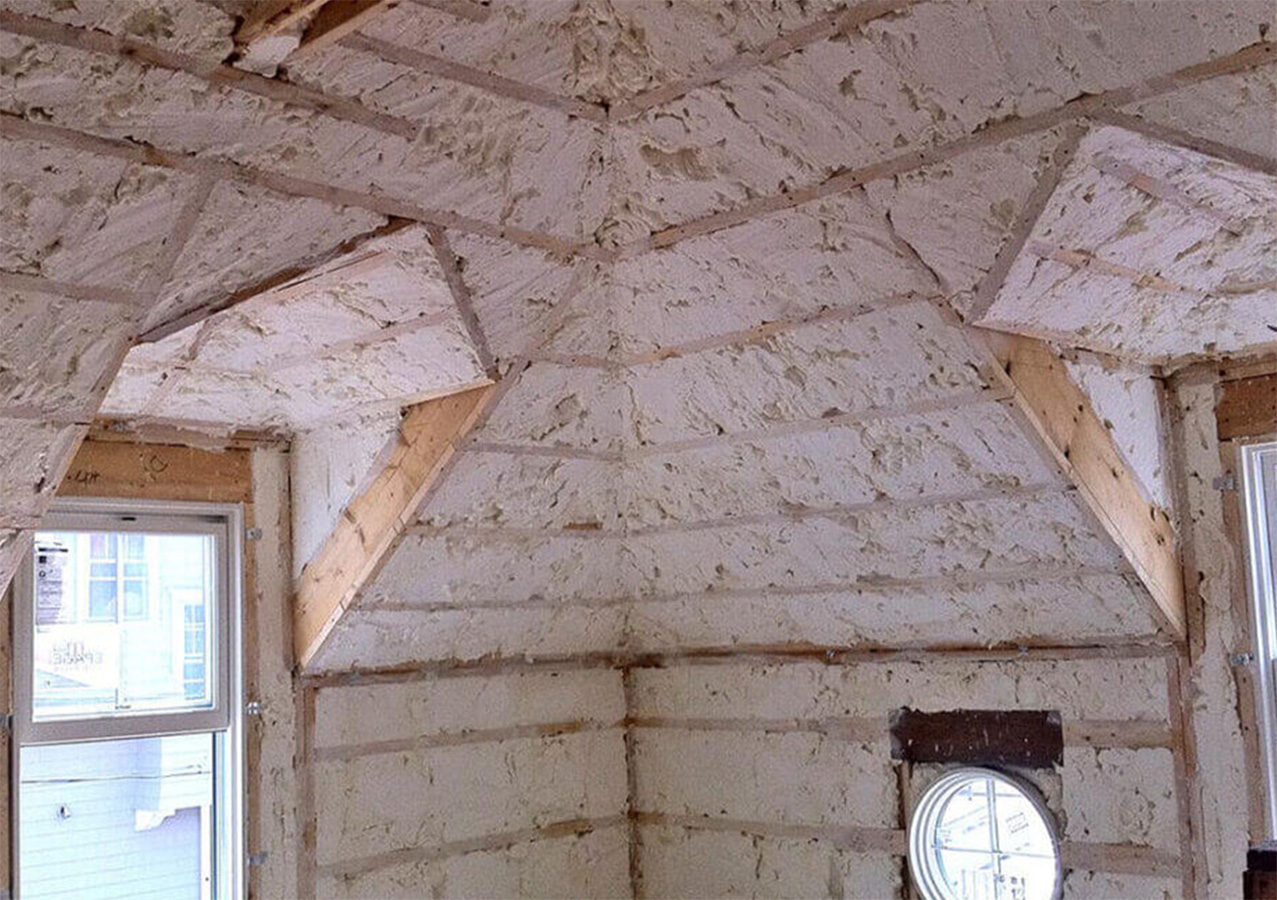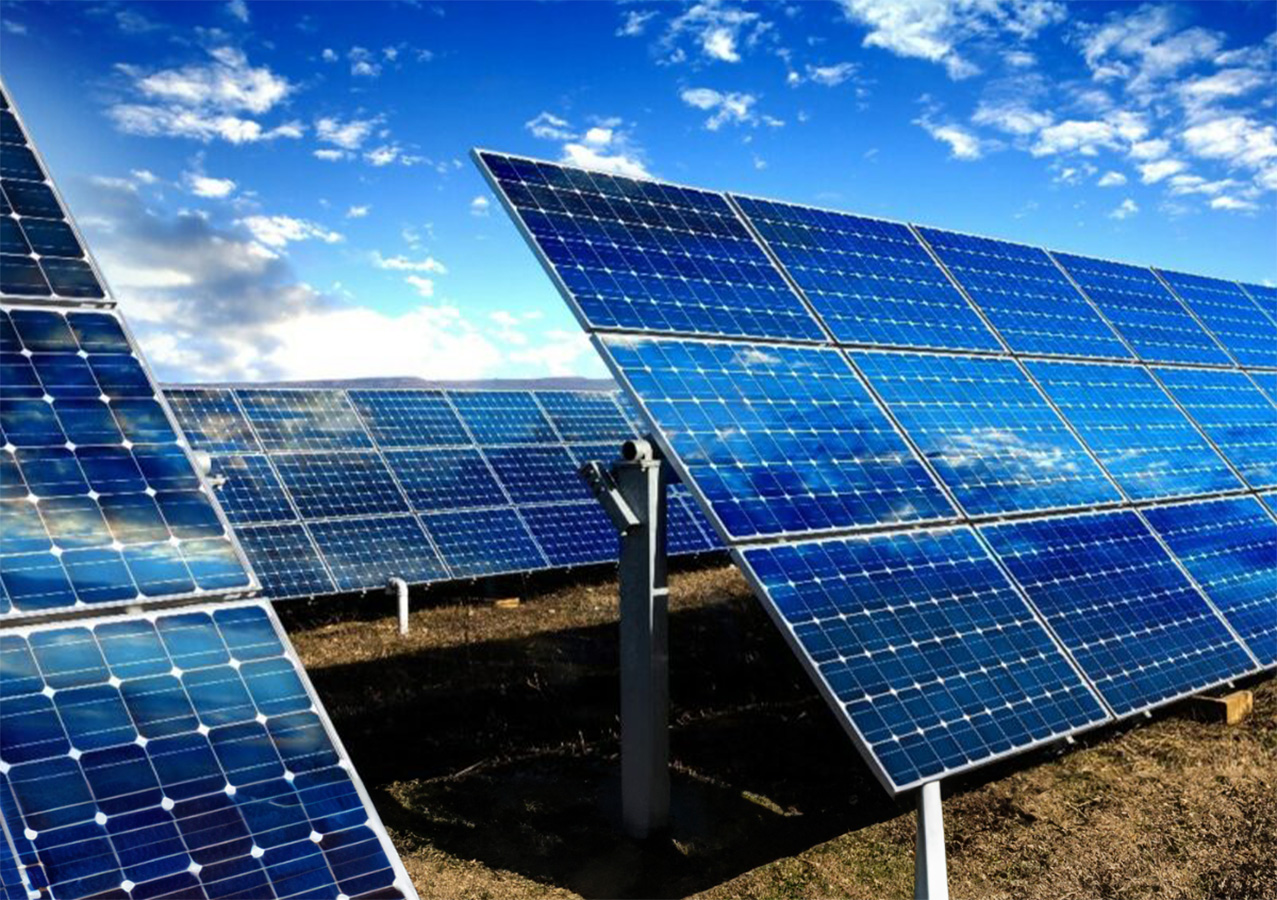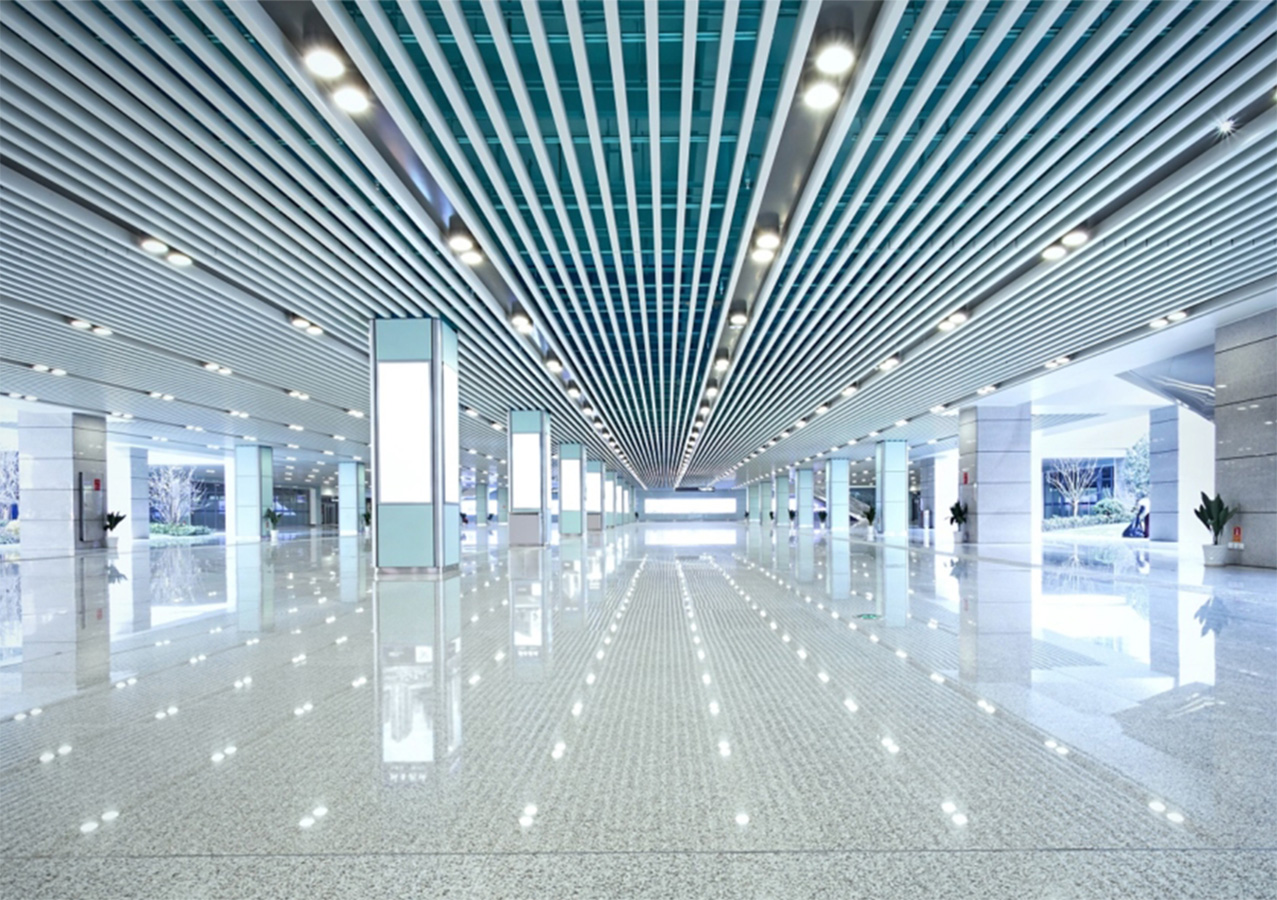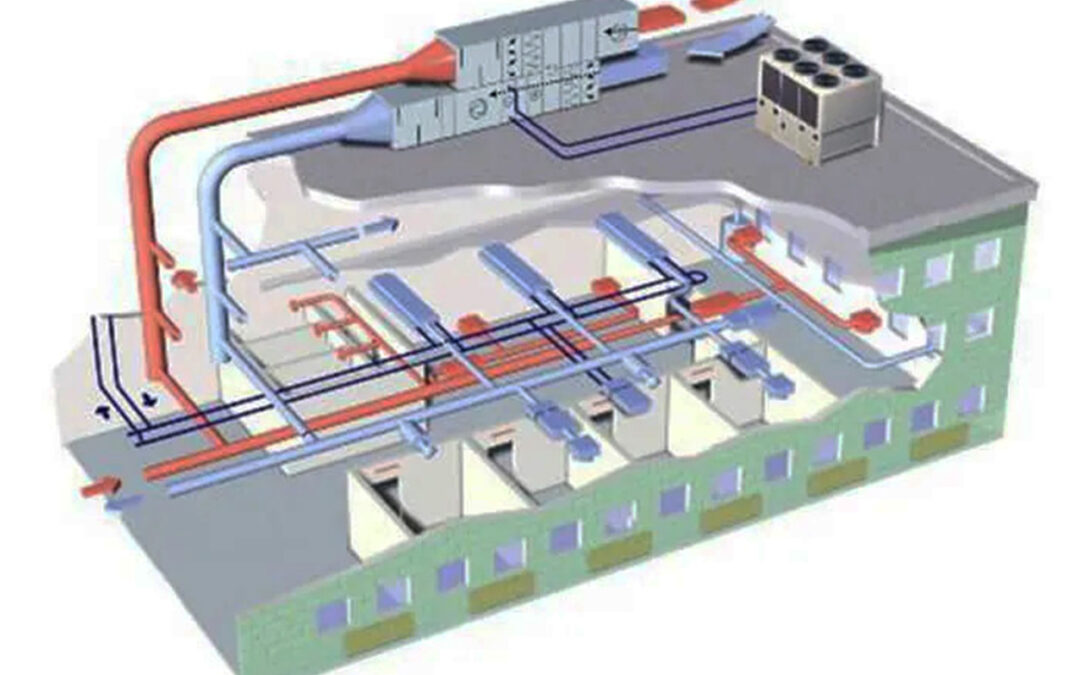HVAC System Diagram
The 179D Energy Efficient Commercial Buildings Deduction is a tax incentive that allows building owners to deduct the cost of certain energy-efficient improvements to their buildings. The deduction was first introduced in 2005 and has been expanded several times since then. The most recent expansion was in 2022, when the deduction was made permanent, and the maximum deduction amount was increased to $5.00 per square foot as part of the Inflation Reduction Act. The 179D tax deduction is available to building owners who make certain energy-efficient improvements to their buildings. The eligible improvements are divided into three categories:

More Modern Wall Insulation
- Building envelope: This category includes improvements to the building’s exterior, such as insulation, windows, and doors.
- HVAC systems: This category includes improvements to the building’s heating, ventilation, and air conditioning systems.
- Interior lighting systems: This category includes improvements to the building’s interior lighting systems, such as LED lighting and occupancy sensors.

Building Insulation Diagram
The maximum deduction amount for each category is based on the type of improvement and the size of the building. For example, the maximum deduction for improvements to the building envelope is $1.80 per square foot. The maximum deduction for improvements to HVAC systems is $0.60 per square foot. The maximum deduction for improvements to interior lighting systems is $0.60 per square foot.

Solar Panels
The 179D tax deduction can provide a number of benefits to building owners, including:
Reduced taxable income: The deduction can be used to reduce the building owner’s taxable income, which can save them money on their taxes.
Increased cash flow: The deduction can free up cash flow for the building owner, which can be used to reinvest in the building or for other purposes.
Improved energy efficiency: The deduction can help building owners improve the energy efficiency of their buildings, which can save them (or their tenants) money on their energy bills over the longer term.

Interior Lighting
The 179D tax deduction is a valuable incentive that can help building owners improve the energy efficiency of their buildings and save money on their immediate taxes. The deduction is available for a wide range of improvements, so it is important to consult with a tax advisor and design professional to determine if the deduction is right for you. It is a great opportunity to “Do well by doing good.”
Ross Cann, RA, AIA, LEED AP, is an author, historian, teacher and practicing architect living and working in Newport, RI. He holds degrees in Architecture and Architectural History from Yale, Cambridge, and Columbia Universities.
